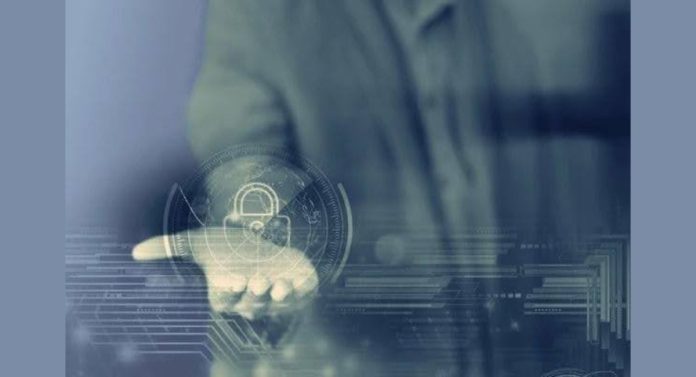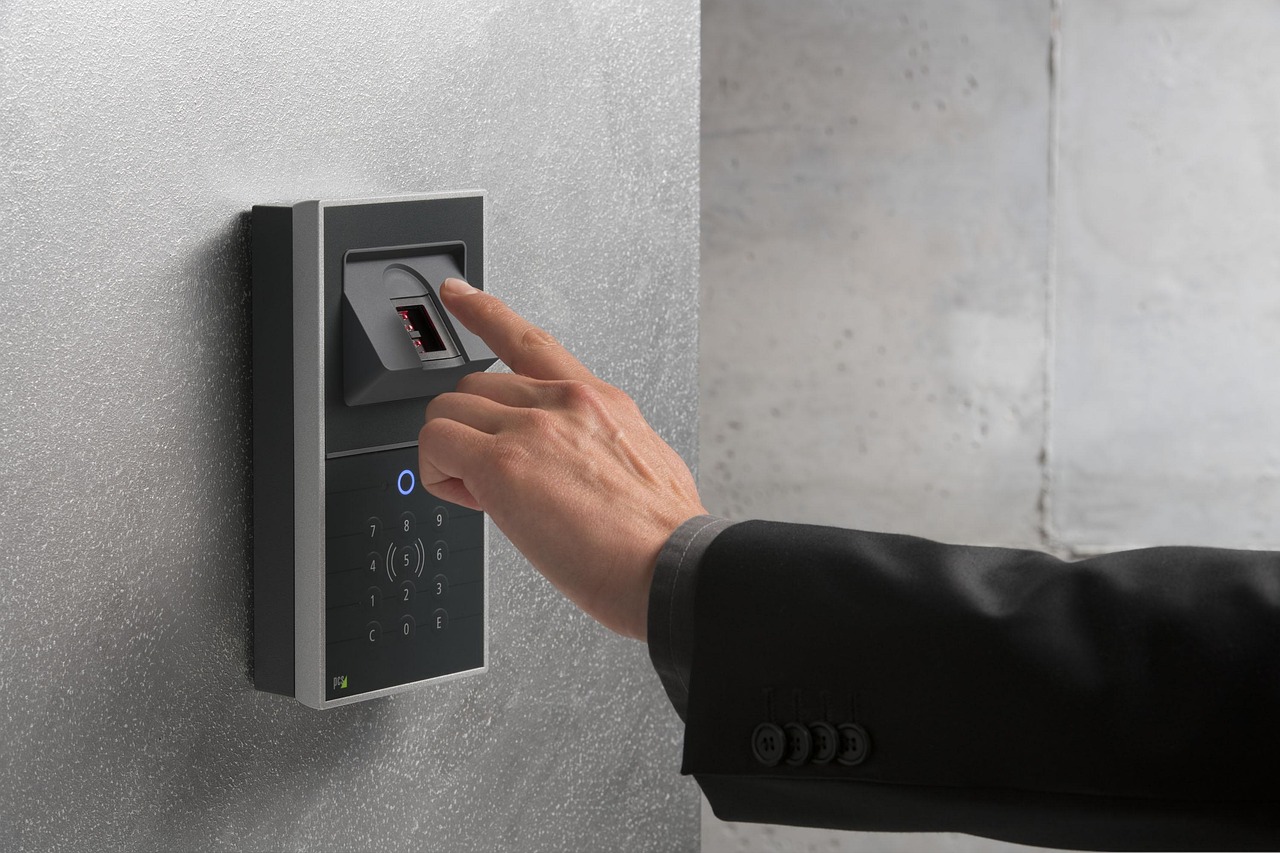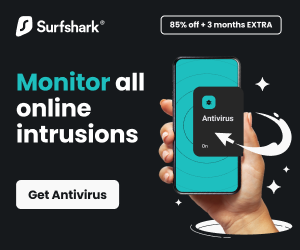In this post, I will discuss the role of AI in enhancing the accuracy and security of biometric palm scanners.
As biometric authentication becomes a cornerstone of digital identity, palm recognition has emerged as one of the most secure and user-friendly methods available. By reading both the surface and sub-surface of the hand, including vein patterns invisible to the human eye, palm biometrics provide a uniquely rich data source for verifying identity.
However, the biggest leap forward in recent years hasn’t come solely from hardware. It’s come from artificial intelligence (AI), the invisible engine making palm scanners smarter, faster, and more secure than ever.
Here are four ways AI is transforming palm biometrics, setting a new standard for accuracy and security.
Table of Contents
1. AI-Powered Precision: Beyond Simple Matching
Traditional biometric systems relied on static algorithms and fixed models that compared a new scan to stored templates. AI changes that.
Through machine learning, palm scanners now adapt over time, learning from thousands or millions of samples to improve their recognition accuracy. Neural networks trained on diverse palm data can detect subtle distinctions between individuals, even in challenging conditions like:
- Varying light conditions, from direct sunlight to dimly lit rooms.
- Diverse skin tones and textures.
- Natural, long-term changes due to aging or temporary occlusions, such as cuts or scrapes.
This adaptive learning allows AI-powered palm scanners to deliver match rates above 99.9%, even when users present their hand at varying angles or distances.
2. Fighting Spoofing with Intelligent Detection
As biometric adoption grows, so do attempts to fool it, from 3D-printed fakes to high-resolution photos. AI plays a crucial role in anti-spoofing and liveness detection, analyzing hundreds of micro-features that can’t be faked, such as:
- Subtle 3D geometry and texture that distinguish a real hand from a flat photo.
- The unique way living tissue vein patterns reflect and scatter different wavelengths of infrared light.
- Micro-motion and textural changes between video frames that are present in a live hand but absent in a static mold or image.
By recognizing the difference between a live, dynamic palm and a static image or mold, AI ensures that only a real, present person can authenticate, not a replica.
3. Real-Time Learning and Continuous Improvement
One of AI’s most significant advantages is its ability to continuously learn from the field. Modern palm systems utilize advanced, privacy-preserving techniques, such as Federated Learning. This enables the global network to learn from new scans without needing to transfer raw, identifiable biometric data to a central server.
When millions of scans are processed daily, AI models detect trends and anomalies, improving performance and flagging potential threats in real-time. This means that every scan doesn’t just verify an identity; it makes the entire network smarter and more resilient.
4. Privacy by Design: Secure AI Training
Privacy remains a top concern when it comes to AI and biometrics. Leading platforms, such as Keyo, are addressing this issue through “privacy-by-design” architectures.
Rather than sending all biometric data to a single central cloud, Keyo’s geo-distributed ‘Fog’ architecture guarantees data sovereignty, ensuring that European data remains within Europe, for example, while maintaining global oversight through aggregated, non-identifiable analytics.
This design enables AI models to train locally on encrypted, de-identified data, thereby protecting user privacy while still enhancing global performance.
Final Thought
As AI and biometrics continue to converge, the potential goes far beyond convenience. It’s about building trust, enabling people to access, pay, and move securely in a digital world.
At keyo, the future of identity is intelligent, private, and human-centered. Our palm-based platform combines advanced AI with privacy-first infrastructure to help businesses and consumers experience identity the way it should be: effortless, secure, and built for the real world. Learn more at keyo.co
INTERESTING POSTS
- Superior Security Enhancement With Biometric Fingerprint Scanner
- 17+ Best Free Online Virus Scanners And Removers For 2025
- Cybersecurity Trends To Know In 2020 to 2030: A Decade of Evolving Threats and Shifting Landscapes (With Infographics)
- AI for Threat Detection: How Businesses Can Stay Secure
- Using Artificial Intelligence To Keep Your Financial Data Safe [Infographics]
- How To Recognize And Avoid A Fake Virus And Malware Warning
About the Author:
Gina Lynch is a VPN expert and online privacy advocate who stands for the right to online freedom. She is highly knowledgeable in the field of cybersecurity, with years of experience in researching and writing about the topic. Gina is a strong advocate of digital privacy and strives to educate the public on the importance of keeping their data secure and private. She has become a trusted expert in the field and continues to share her knowledge and advice to help others protect their online identities.









